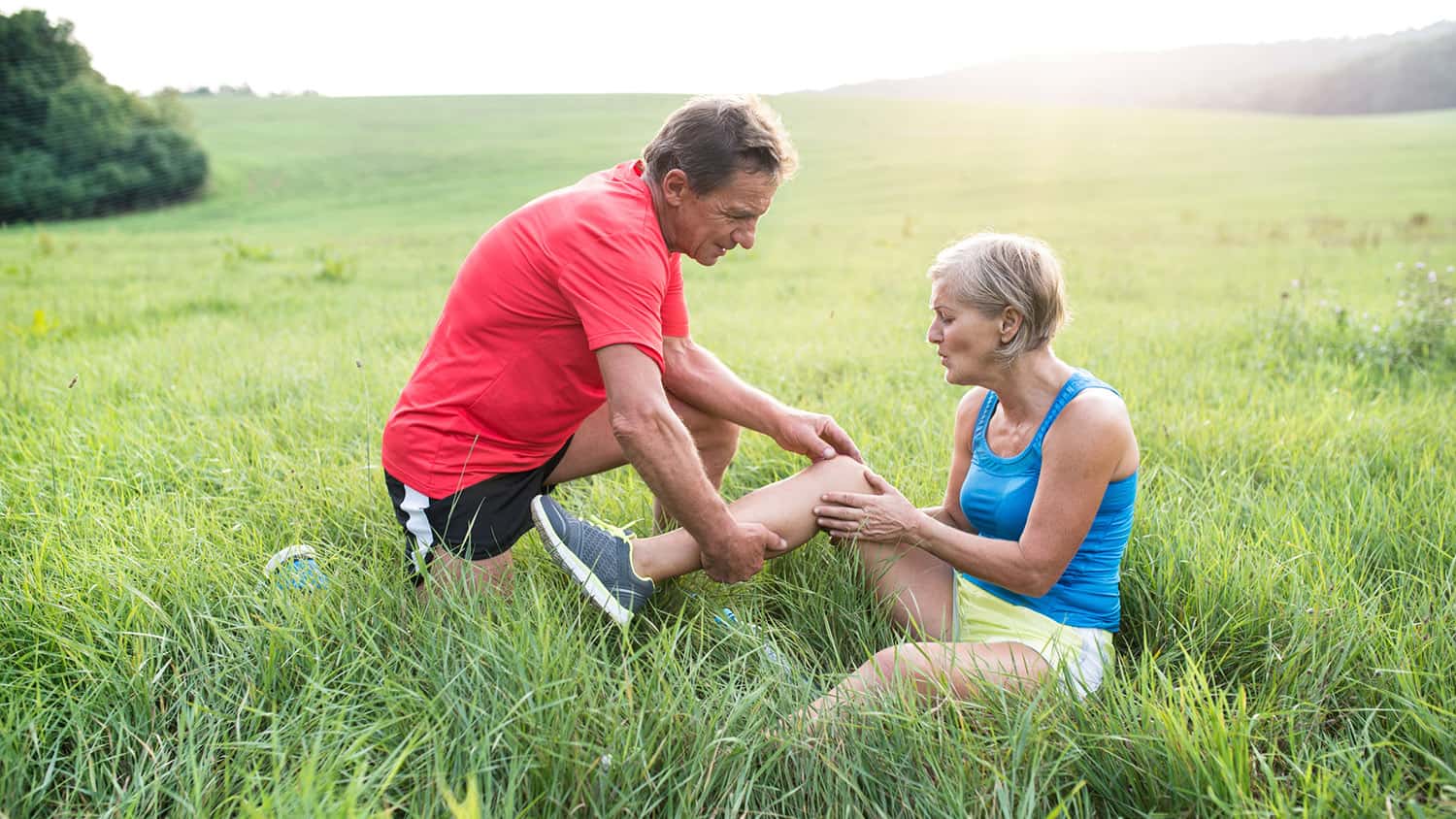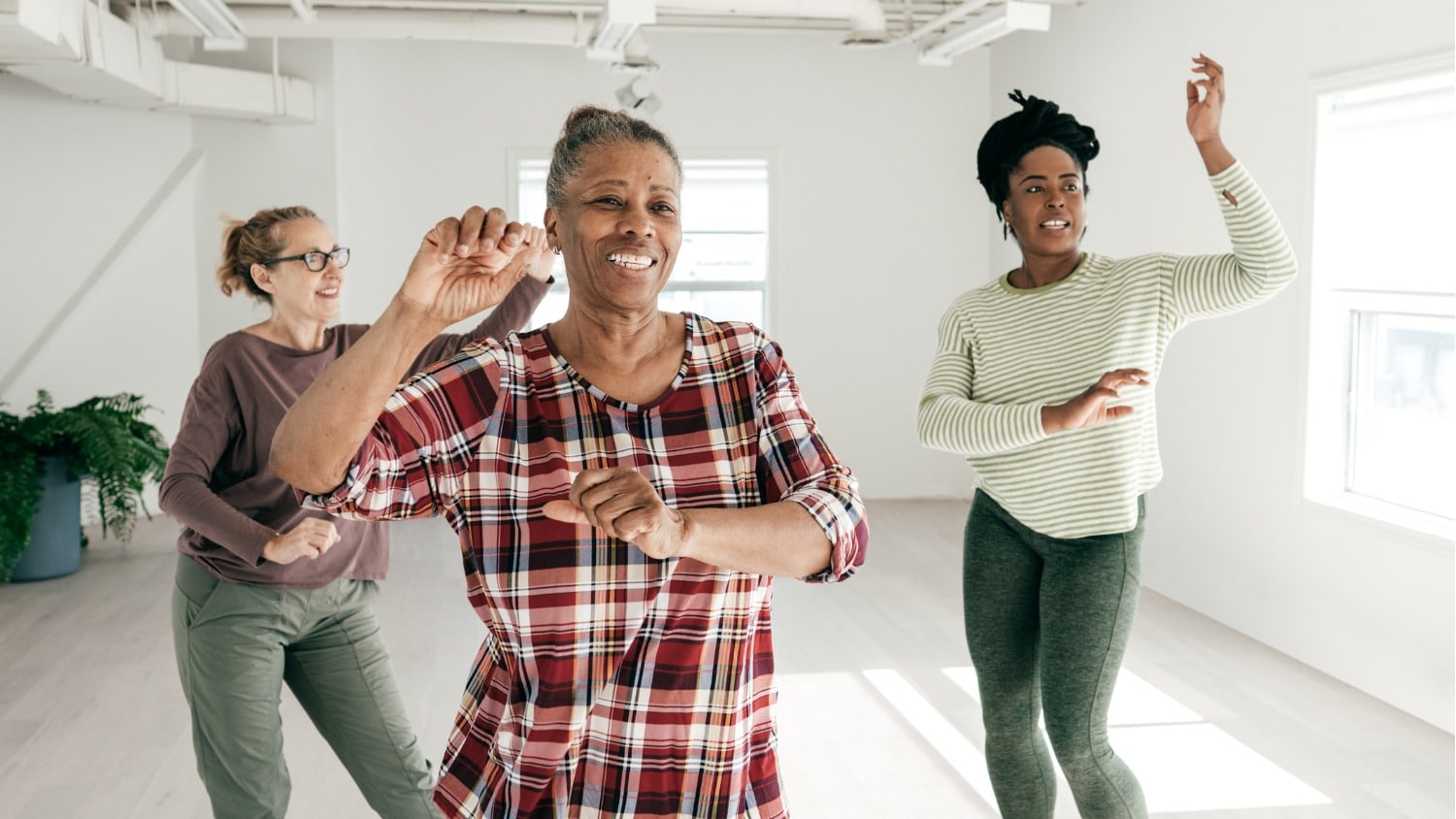
8 Things That Can Cause Joint Pain After 50
There is a piece of folklore about a 90-year-old man named John. He went to his doctor complaining of an aching left knee. The doctor looked at him and wryly said, “You know, John, you are 90 years old.” Without missing a beat John replied, “I know I’m 90, doc, and both of my knees are 90, too, but only one of them hurts.”
Your doctor may say you have arthritis in your joints. Most of us do. But that’s where lifestyle and diet can make a huge difference. It’s easy to brush aside physical symptoms as a part of aging. But as with John, we can see that age might not be the cause of our woes. Age may not help, but it is not always the cause.
So, What Causes Joint Pain?
There are many things that can cause joint pain. It can be a result of overuse or underuse, injury or weak muscles. Pain can also be a result of arthritis, nightshades, gluten, dairy or sugar.
As you can see, the problem doesn’t start with the joint. Troubles come to the joints by way of physical events and the effects of certain foods.
Have you made the connection between foods you eat and how your joints feel? We’ll get to that in just a bit. But first, I’d like to address the physical causes of aching joints.
Overuse
The easiest one to identify is the pain caused by overuse. Think of the runner who constantly pounds her feet on hard pavement, or the tennis player who twists, sprints and pivots for many years to return the ball.
Another example is the server at a coffee shop who presses down on the creamer a thousand times every day. Or the seamstress, computer operator, physical therapist, skier or soccer player who repeats their movements using the same joints over a lifetime.
Underuse
We can also have the experience of joint pain from underuse. That’s the person who doesn’t walk enough or get up from their desk enough. Joints are made to move. If we didn’t move joints on mechanical items like fans and axles they would rust and seize up. The same is true for our joints.
Injury
Injury is a cause of pain. Most joint injuries involve soft tissue or ligaments around the joint, not the joint itself. Injuries like this limit the motion of the joint. A twisted knee or ankle will surely hurt, but this is something that can heal with care and time.
Weak Muscles
Sore joints can also be caused by weak muscles. A study at Tufts University, led by Miriam Nelson, Ph.D., worked with highly arthritic elders and found that when they strengthened the muscles and tendons around the joints, their pain diminished appreciably. The restored muscle tone gave the joints a chance to do less work and thus lessened inflammation.
Nightshades
Now let’s move on to food. I mention nightshades first because you can run an easy experiment to see if they might be aggravating your joints. Avoid all nightshades for one week – they are tomatoes, white potatoes, peppers, eggplant and goji berries. If the ache lessens, you may want to avoid these foods as much as possible.
Gluten
Gluten, an ingredient in wheat and other grains, as well as an additive to many packaged products like salad dressings and condiments, may also irritate the joints. Go gluten free in another week. Grains that do not contain gluten are quinoa and brown rice. I include many gluten free recipes in my book Food Becomes You.
Dairy
Dairy can also be inflammatory. That includes milk, yogurt and cheese. Choose a week where you have no dairy. Dairy sensitivity can show up in lung, sinus or skin congestion, stomach and intestine upset and sometimes in joint pain.
Sugar
Now on to sugar, perhaps the worst culprit of all. Did you know that sugar is an inflammatory food? Excess amounts raise the risk for many inflammatory diseases. Inflamed joints are among them. Limiting sugar should not be done for just a week; it needs to be a lifelong goal.
But there’s a saving grace here – dark chocolate is fine – high quality dark chocolate is best. You can find ways to kick your sugar cravings on my Wellness and You blog.
If you are struggling with joint pain, be a lifestyle and food detective. Find out what might be aggravating your symptoms, so you can get relief without relying on pain medications that may have their own side effects. It may take time to address each of these potential causes.
The point is, we are all unique, and the cause of one person’s pain may be quite different from another’s. Food and lifestyle are the best places to start.
Do you suffer from joint pain? What solutions have you found to be most effective? What will you experiment with first? Food or lifestyle? What has worked for you already? Please join the conversation.
Tags Medical Conditions







My joints hurt bad. My fingers, toes, front and back ankles, wrists, elbows and lower back. I’m a 52 yr. old female. I worked heavy Construction for years . I was physically abused for several years too but I fought back. I get up in the middle of the night and I can barely walk and my fingertips are so heavy, they throb.I feel like a 95 year old woman. My 73 year old mom has some arthritis but nothing like mine. I’m worried about the future.
Try to lower the inflammation by following the tips in the article. You can also add foods like ginger and cinnamon to ease inflammation and perhaps try some external CBd oil or other topical anti-inflammatory
Susan. You stated one of the most important- and surprising aspects of eating well and that is your cravings for poor quality foods diminish. I believe that happens because your brain recognizes when you are getting sufficient nutrients and slows the appetite mechanism that craves unhealthy foods. It truly makes it easy
Starting a healthy eating regime has over time made me want to eat unhealthy food less. It’s changed my frame of mind as to what I want to eat, meaning I just don’t enjoy the bad stuff any more. Together with setting fitness and training goals this has really impacted how I feel in myself. There’s less joint pain and if I do feel unwell, I’m more confident that I can recover sooner with my increased stamina. It’s worth setting some goals to reap the benefits.
My left thumb has an arthritic joint, that when bumped, sends me to the moon in excruciating pain. Is there something specific I can do to alleviate this?